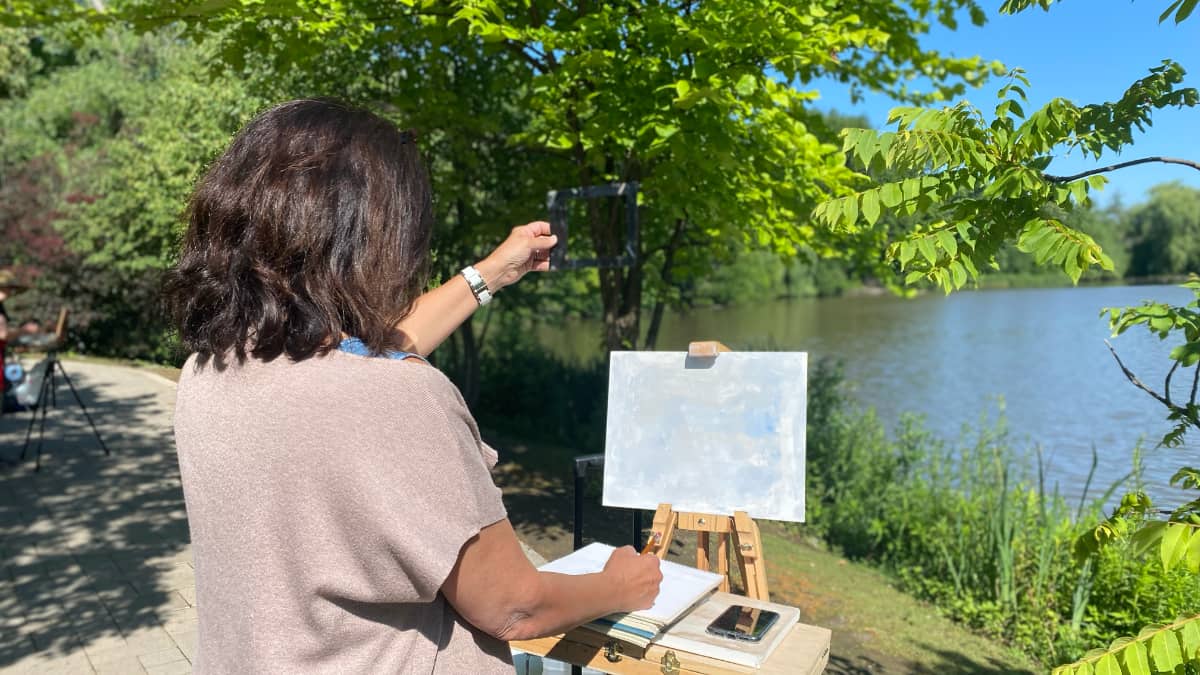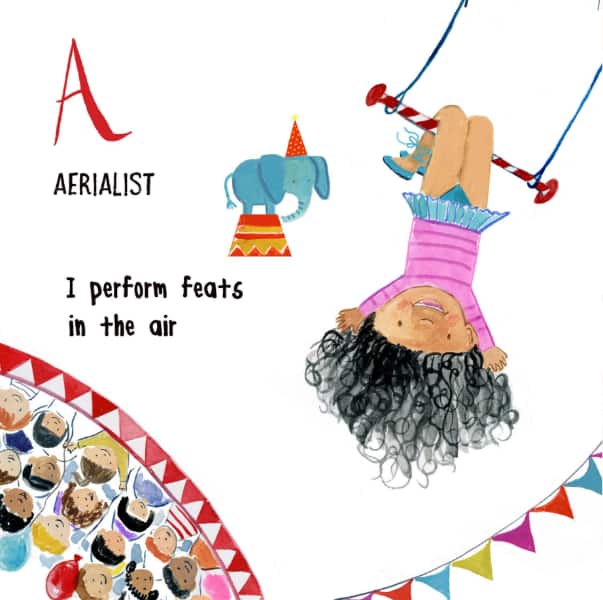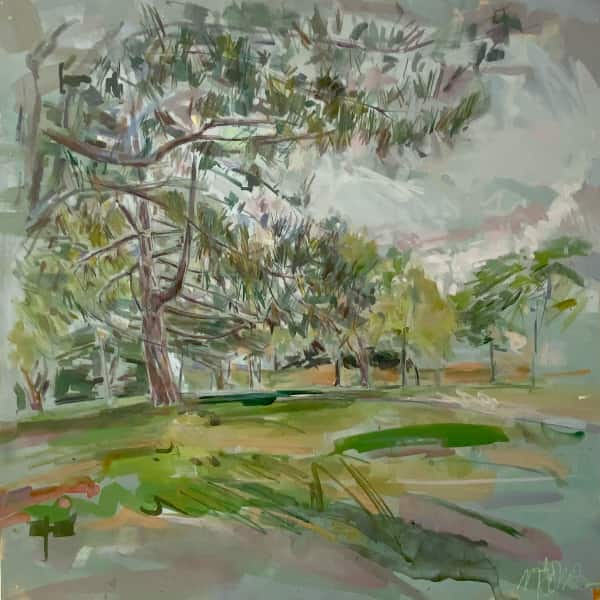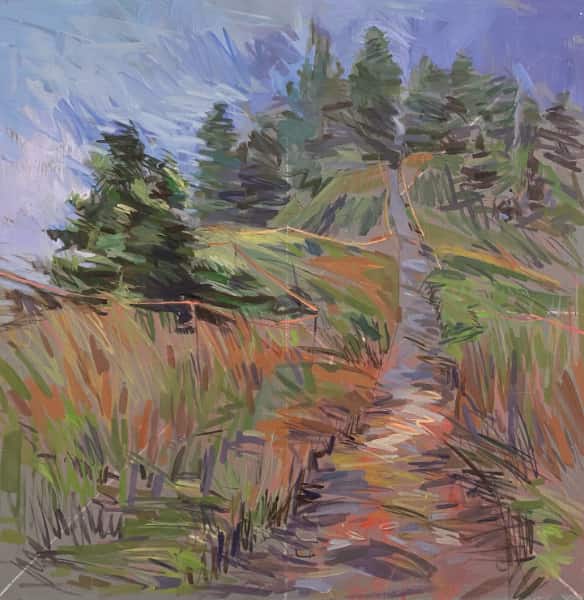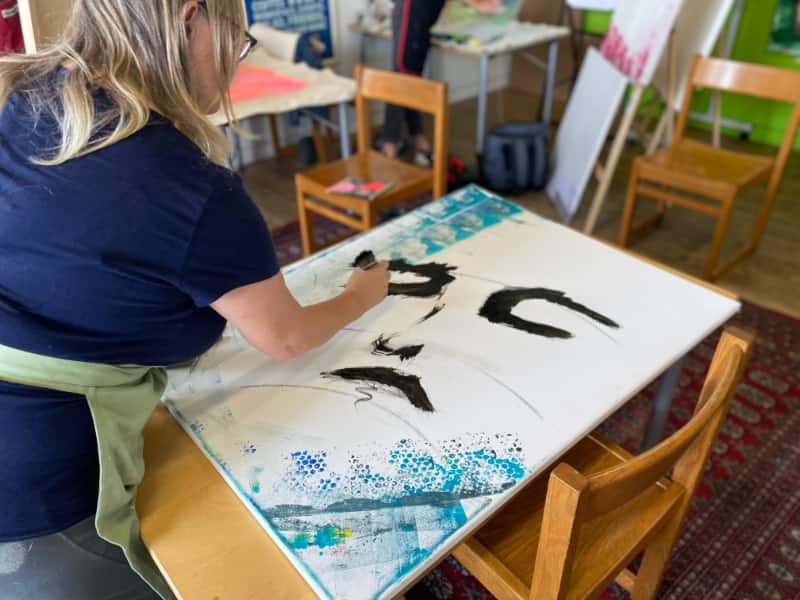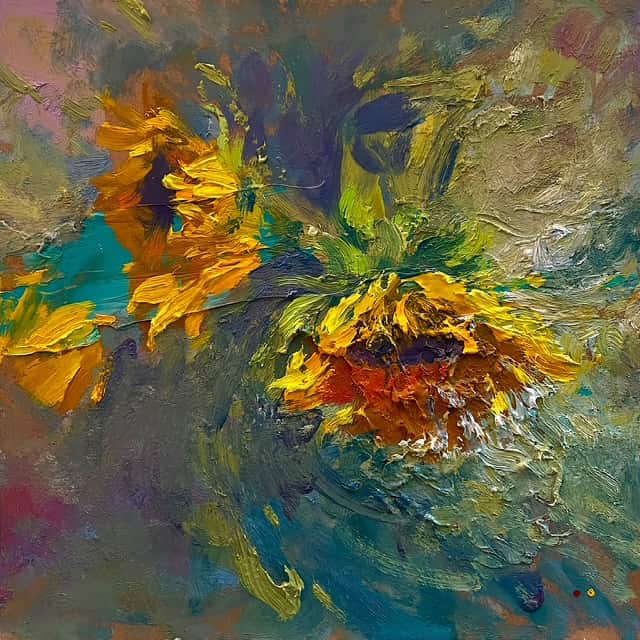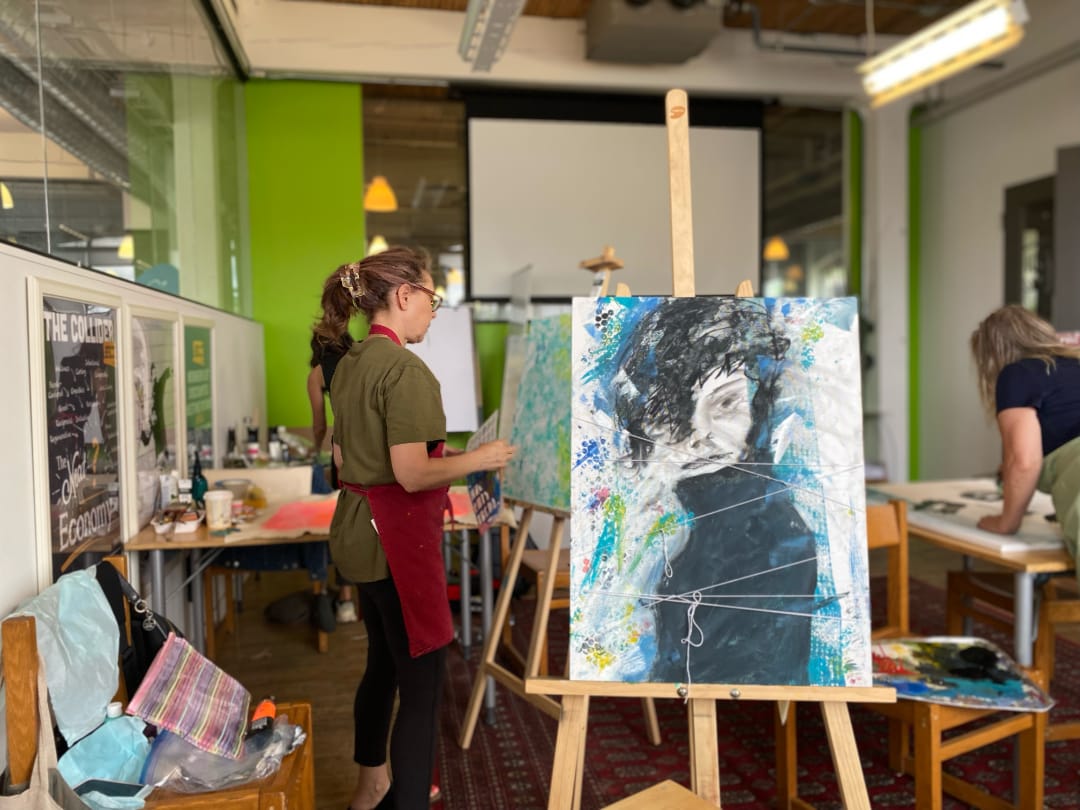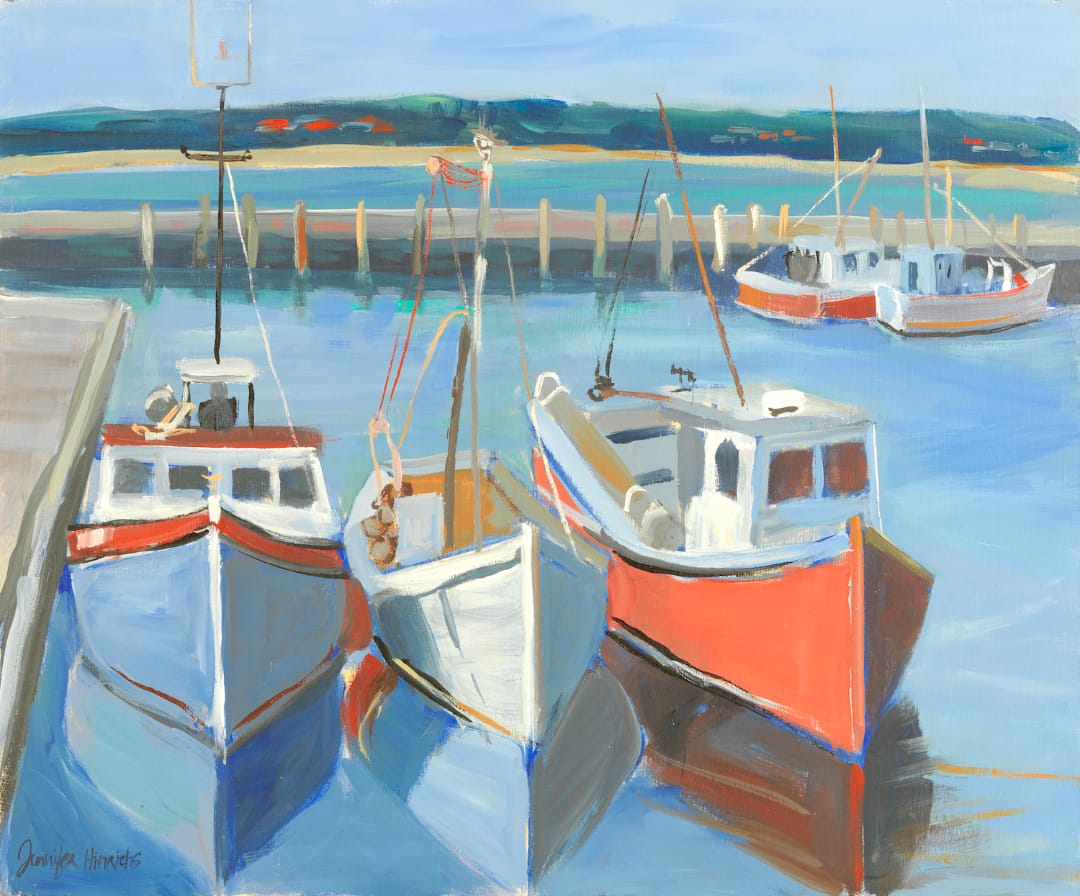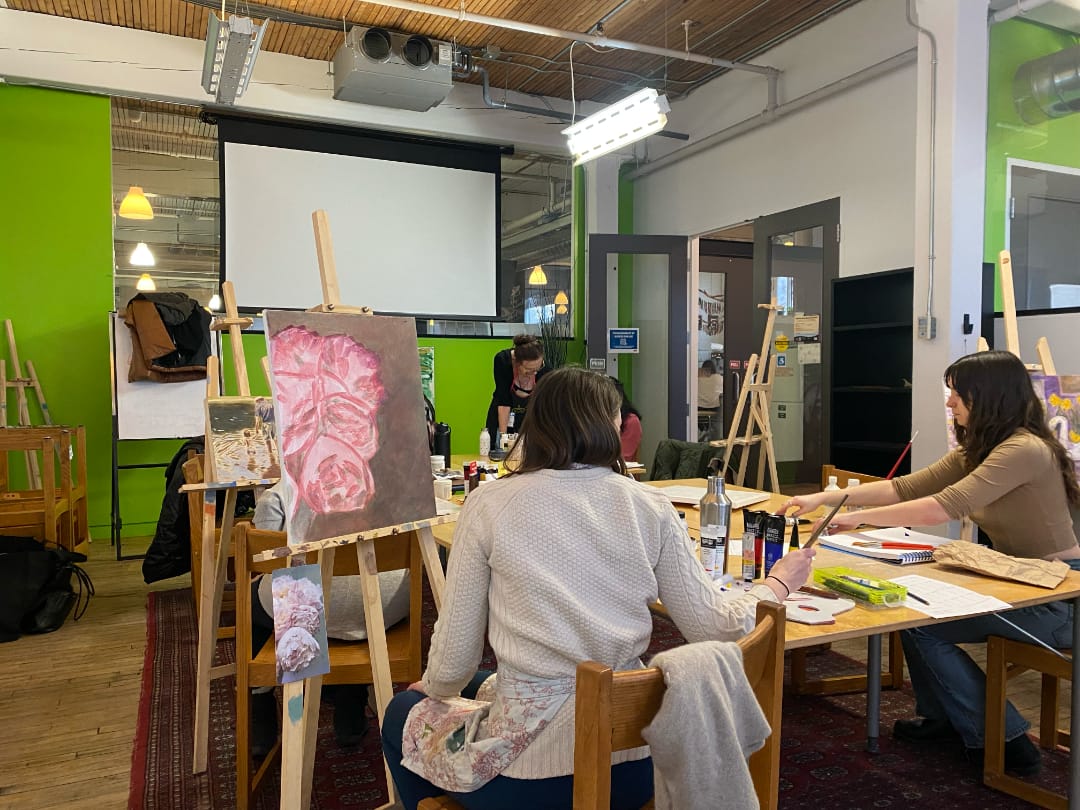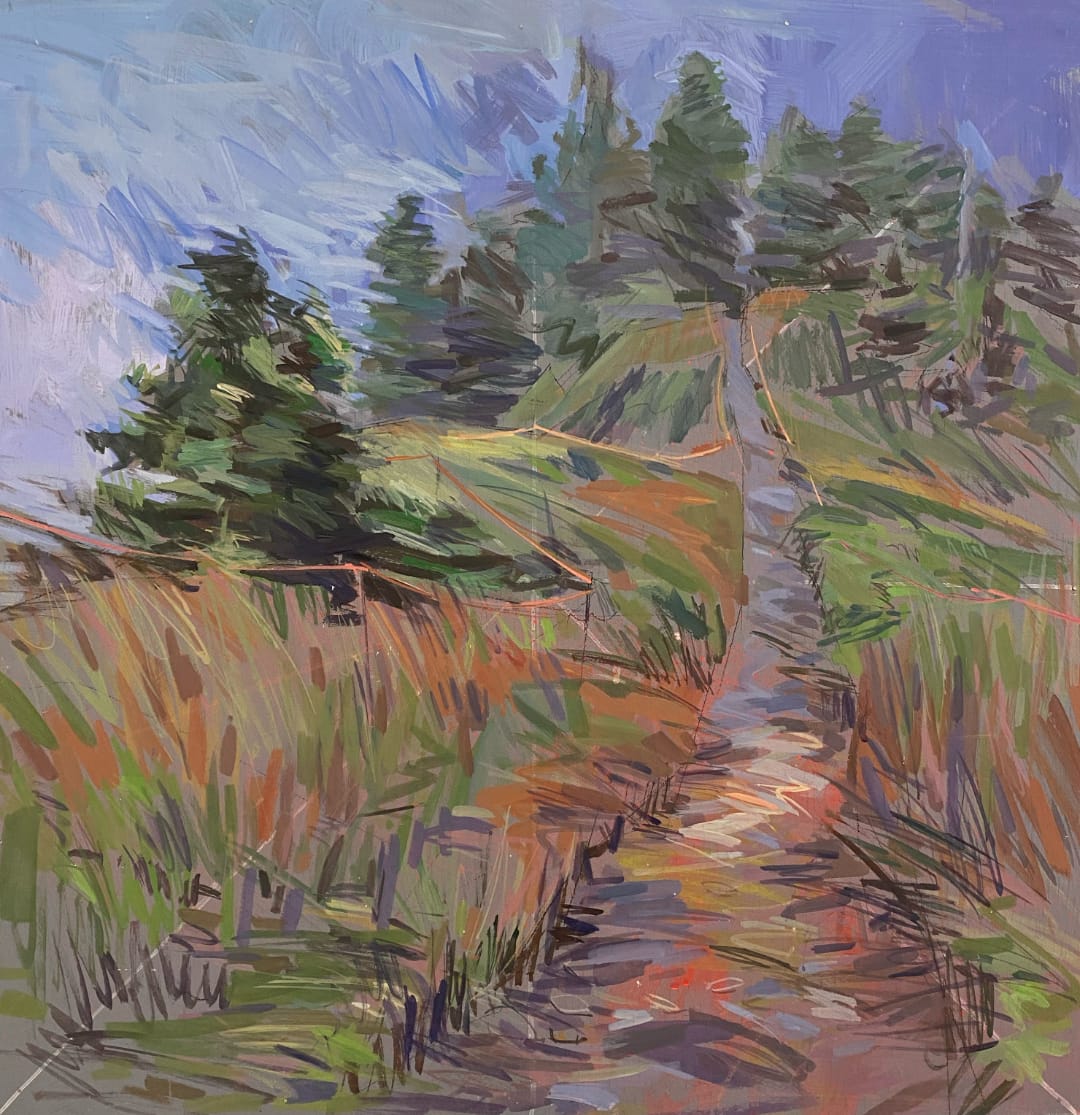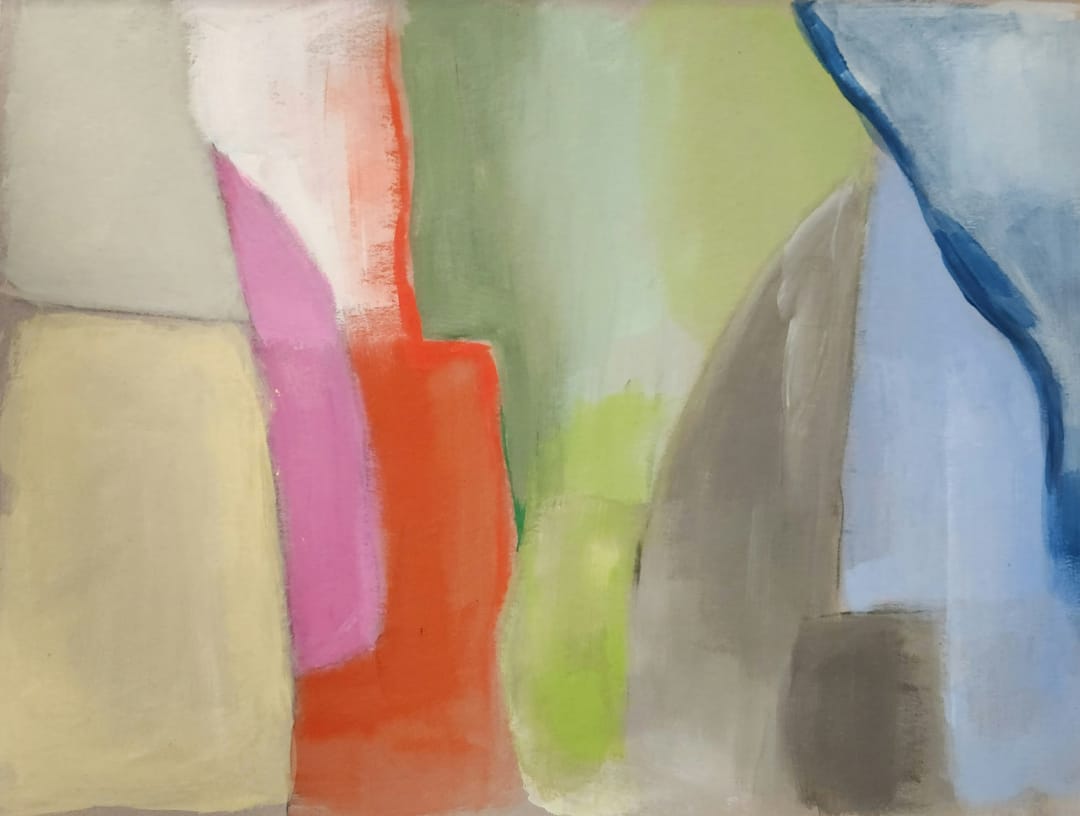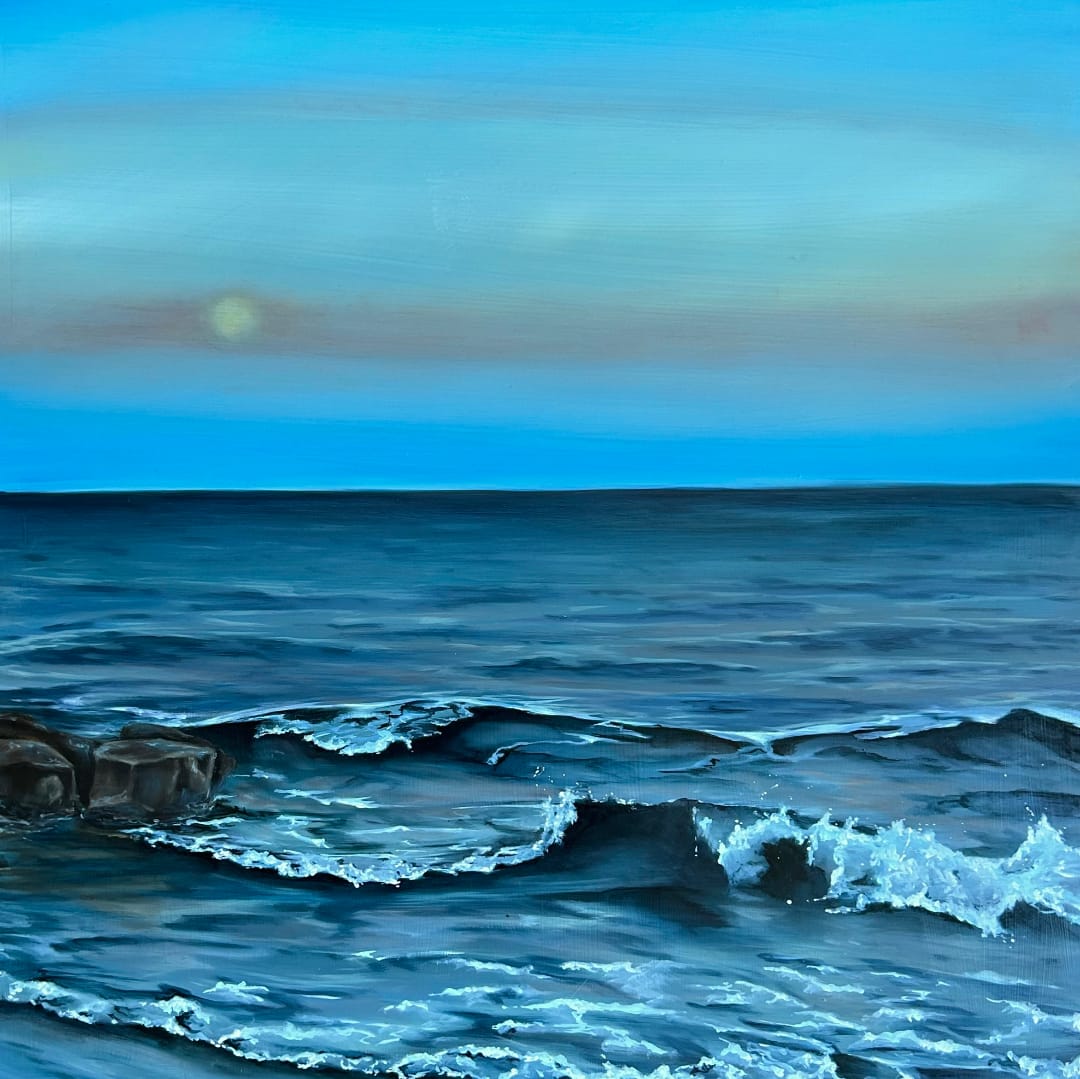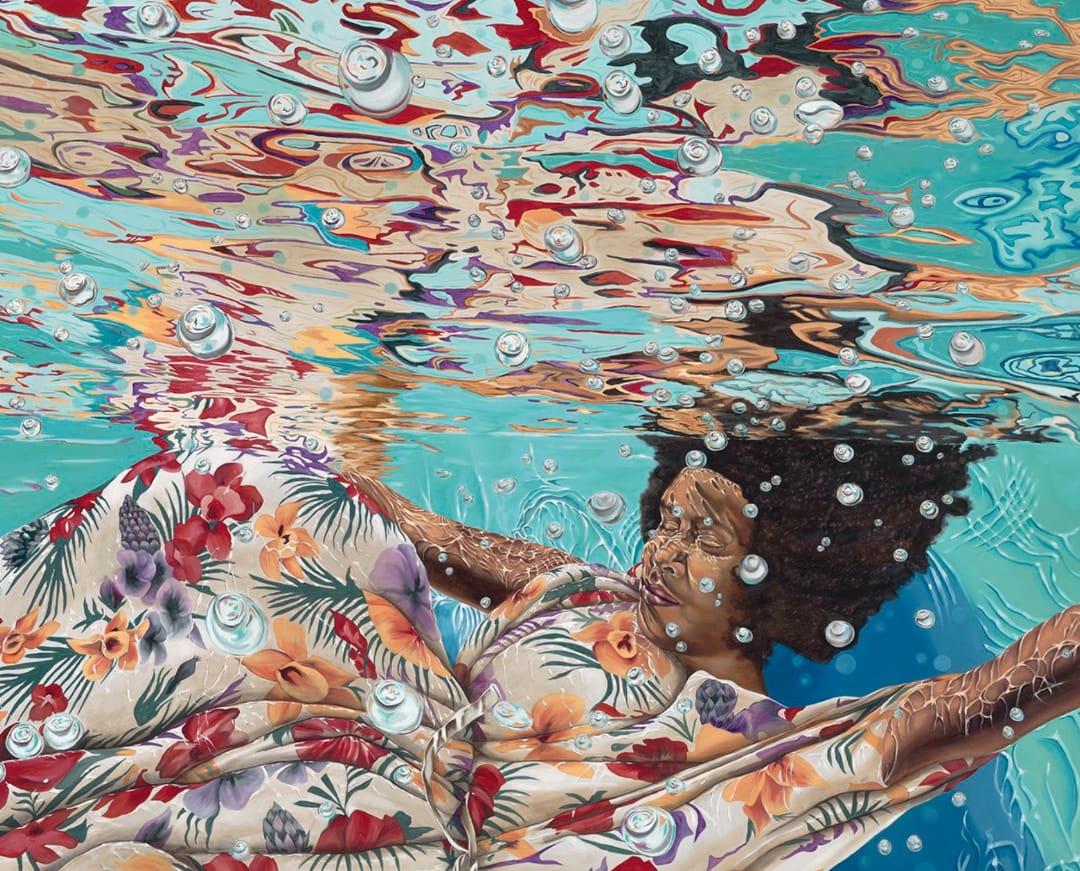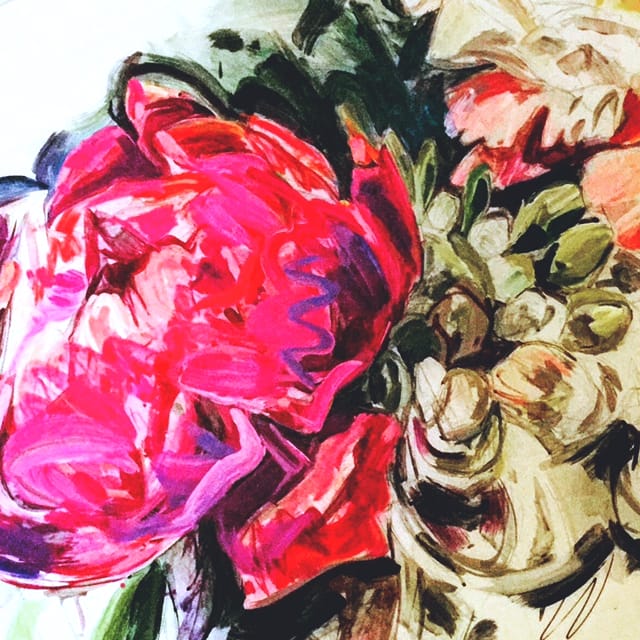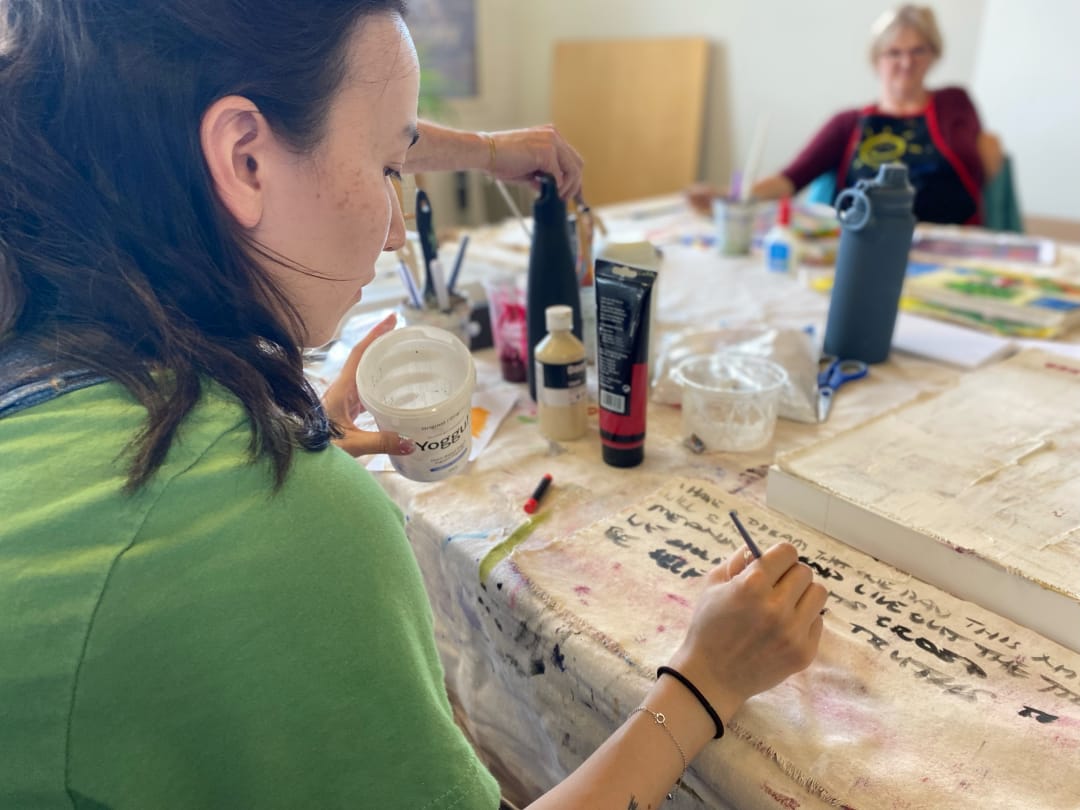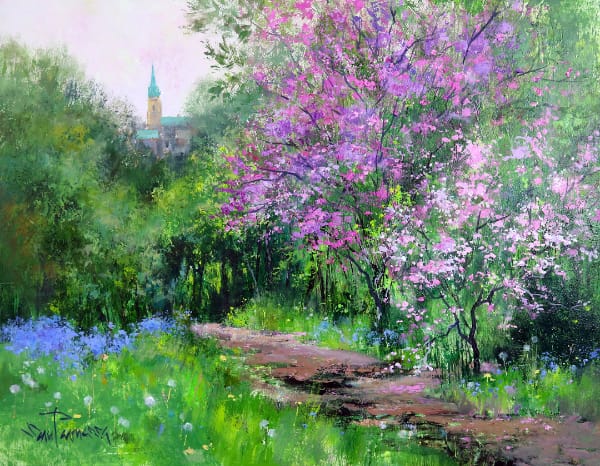Watercolour Essentials
for Beginners
Unlock the magic of watercolours in this 8-week journey from basics to beautiful compositions. Master essential techniques, explore diverse subjects, and find your artistic voice in a supportive community. Perfect for beginners and returners seeking to elevate their watercolor skills.
"Watercolour Essentials” is an eight-week course designed for beginners and returning students alike, offering a comprehensive introduction to the enchanting world of watercolour painting. This course is an ideal opportunity for those looking to explore or revisit the fundamentals of this delicate and expressive medium.
Throughout the course, you will be led through the foundational aspects of watercolour painting, starting with the basics of watercolour materials, including an understanding of different paper types, brushes, and paints, and how to choose the right ones for your work. Key techniques such as wet-on-wet, wet-on-dry, layering, and glazing will be explored, allowing you to create a range of effects from subtle gradations to vibrant washes. The essential concepts like colour mixing, mark-making techniques, and mastering the delicate balance of water and pigment that is crucial in watercolour painting.
As you progress, you'll learn to approach subjects ranging from still life and landscapes to abstract compositions, with an emphasis on developing your ability to see and interpret the world through the lens of watercolour. Through personalized instruction and live demonstrations, your skills will develop, while group critiques and discussions will offer valuable feedback and foster a supportive learning community.
- Understand Watercolour Materials: Learn about different types of watercolour paper, brushes, and paints, and how to select them based on your artistic needs.
- Master Fundamental Techniques: Gain proficiency in essential watercolour techniques such as wet-on-wet, wet-on-dry, layering, and glazing.
- Explore Colour Mixing and Textures: Develop skills in colour mixing and creating textures unique to watercolour painting.
- Balance Water and Pigment: Learn to control the balance of water and pigment for achieving desired effects in your artwork.
- Approach Various Subjects: Practice painting a variety of subjects, including still life, landscapes, and abstract compositions.
- Develop Personal Artistic Expression: Enhance your ability to express yourself through the medium of watercolour under expert guidance.
- Watercolor Paints:
Students can use pans or tubes based on their preference. For the class demo, I will use professional grade Winsor Newton watercolours. Winsor Cotman, which is an affordable options for students.
Cool watercolours
Cobalt Blue
Cerulean Blue
Ultramarine Blue
Cobalt Turquoise - Optional Winsor Dioxine - Optional Alizarin Crimson
Lemon Yellow
Any Pale Green
Winsor Violet - Any Violet Works
Warm watercolours
Yellow Ochre
Raw Umber
Burnt Umber
Burn Sienna
Sepia
Cadmium Red
Cadmium Yellow - Any Yellow works
Grays
Paynes Grey or Neutral Tint
Whites
Chinese White
Gouache White (Any brand works) - *** The listed colours are the colours that will be used by the instructor. As students get used to using watercolours, they will slowly build their own palette. For the class, students can use the watercolour paints that may already be on hand.
- Watercolour Brushes:
#12 -24 Round Synthetic Sable Brushes
#2 or Large Rigger Brushes
#4 and #8 Flat Brushes
#8 and #6 and #4 Mop/Quill brushes
For this class: Round Brushes - Different Sizes Mop/Quill Brushes - #4, #6, #8
Rigger/Liner Brush Flat Brush - Optional
Cat tongue Brush - Optional - Watercolor Paper:
When it comes to watercolour paper, always go for 300 GSM (140 lb). I prefer Saunders Waterford and Baohong watercolour paper. You can also see that any watercolour paper of good grade will suffice. For class demos, I will use Baohong watercolour paper as it's a more affordable option for students. You can find it on Amazon. - Other Essentials:
- Palettes:
Watercolour palettes or mixing trays for blending and mixing colours. Porcelain or plastic palettes work well. - Water Containers:
Students will need containers for clean water to dilute and clean their brushes. Plastic or glass containers are suitable. - Pencils and Erasers:
Pencils for sketching and drawing before painting. I prefer mechanical pencils with 0.5 or 0.7 to draw thin light sketches. - Paper Towels or Sponges
These are handy for blotting, lifting excess water or paint, and creating texture.
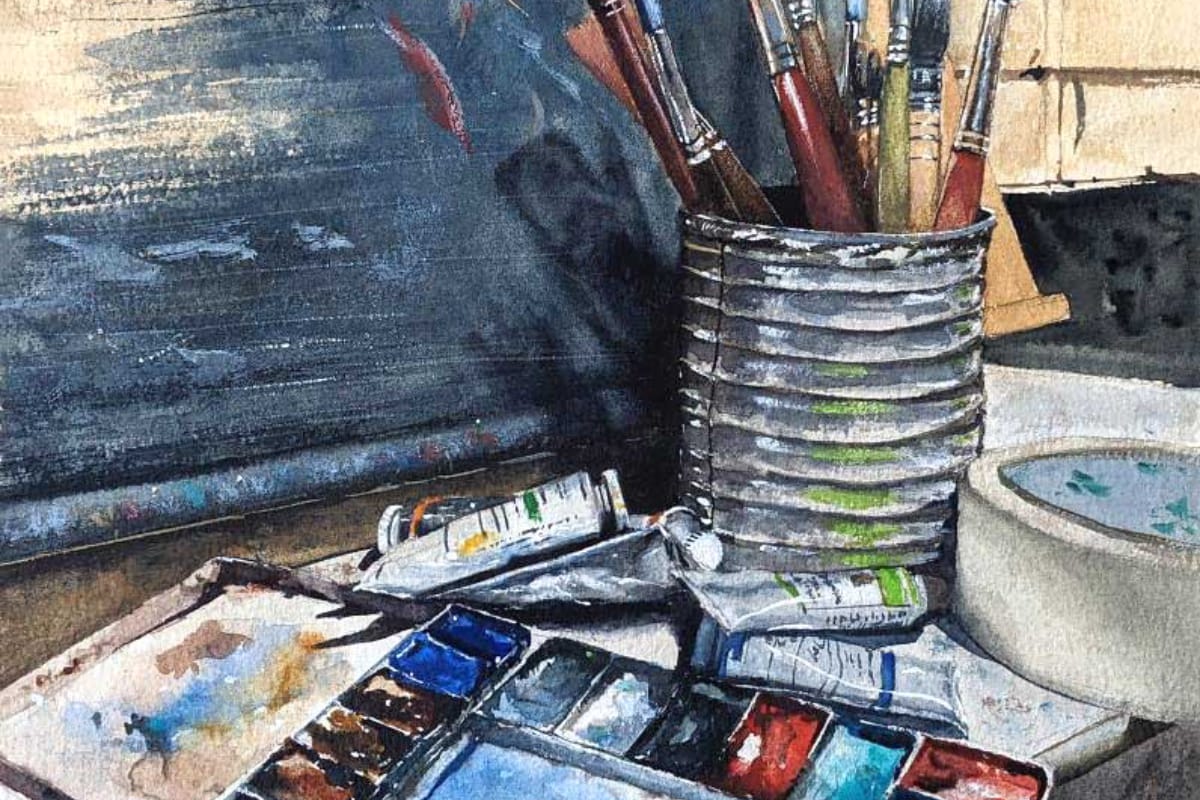
Details
Fee: $385 & HST
Thursdays, May 15 - July 3 | 6:45pm - 8:45pm (8 weeks)
CSI Annex
720 Bathurst St
Toronto, ON
M5S 2R4
Led by:

